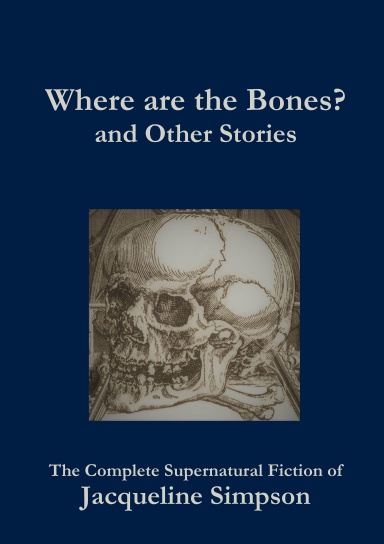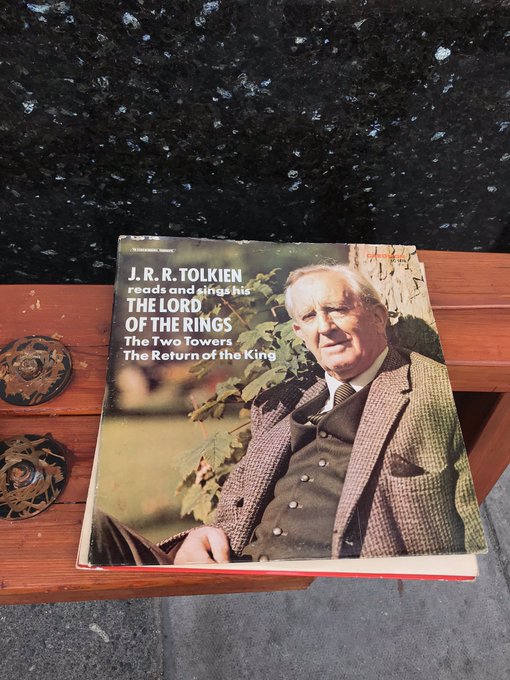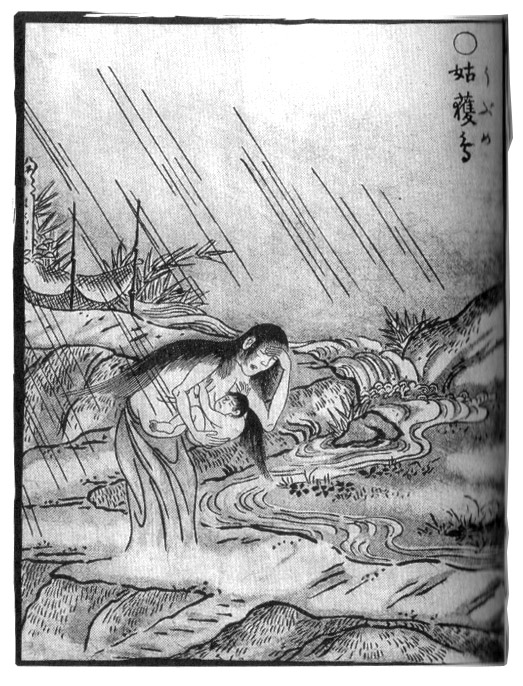Alfred, Lord Tennyson - he's a bit of a joke poet, isn't he? Maybe it's the combination of big hat, big beard, and cloak? Maybe it's the fact that he was Queen Victoria's favourite? Unlike Browning and Swinburne, he was not exactly an intellectual. And his works on King Arthur and related matters seemed, for much of the last century, to be tedious and backward looking. Auden claimed that Tennyson was the least intelligent of the major English poets. This seems to sum up the modernist viewpoint - that old Alfred was stodgy and dim. A landmark, certainly, but a dull one to be ticked off a list rather than visited for pleasure. Not what a poet aspires to be, of course, but what very many successful ones end up as.

When I was a lad Tennyson featured in a Monty Python skit as the author of the Charge of the Ant Brigade ('Half an inch, half an inch...') Galton and Simpson put the original 'Charge...' on the wall of Tony Hancock's house just so Tone could mock the repetitive verse. But, not unlike Arthur Pendragon himself, old Alfred did not lie down and die. Instead he drifted off to the mystical Isle of Anthologies, where he bided his time. And, quite recently, there's been a revival of interest in Tennyson, as the Victorian era gets reassessed to bugger yet again.
Which brings me to Cardinal Cox's latest pamphlet. In it, he interweaves scenes from the poet's life, imagery and ideas from his work, and descriptions of Pre-Raphaelite paintings Tennyson inspired. I was pleased to see no less an authority that Dr. Gail-Nina Anderson, art historian and expert on all things Gothic and Romantic, offered invaluable expertise on the works covered.
We begin with Alfred as a boy, lying in the Lincolnshire grass, daydreaming of kings and queens. The first painting is The Lady of Shalott by Holman Hunt, and I was intrigued to see how Cox sees it, if you catch my drift. The story of the picture interweaves with other stories, becomes part of a web as complex and fragile as the famous tapestry that suffers such catastrophic failure

After that we come to Waterhouse's painting of the same subject, and a different perspective. This one, you'll recall, shows poor Elaine of Astolat (as Malory styles her) floating downriver. The poem was mocked mercilessly for just this detail when it was first published. Tennyson invites mockery because of his sincerity, which can be a fatal flaw. But Cox rightly sees the power in the image of the dying woman, the stream, the fading song.
Three lit candles stand in the prow
Sorrows from depart from her brow
The pure white dress fulfils a vow
An at last whispers "I love thou"















